Do sleep gadgets really work?
We've got advice from the Olympic Team GB experts on the pros and cons of sleep gadgets.

We've got advice from the Olympic Team GB experts on the pros and cons of sleep gadgets.

When it comes to falling asleep, staying asleep, tracking our sleep or trying to wake up, there's an abundance of sleep gadgets available offering to help.
Sleep is big business. Globally, it has been valued at $432 billion dollars (about £355 billion). And with the 'always-on', frenetic pace of the modern world, it's little wonder that sleep gadgets are so popular.
The tech is continuously developing, so what is available, and what are the pros and cons?
Dr Luke Gupta is Team GB's sleep expert, and worked with our athletes throughout the Paris Olympics.
He told Saga Magazine: "I think this year, in 2024, more than ever, you'll see a rise in the amount of sleep technology that's going to be available to the general public, and the ability for these trackers to track sleep will actually become a lot better. And I think overall that's a good thing.
"However, the bad side is that it relies on a digital representation of your sleep. So, that means you are only looking at what the digital device is telling you, and we know that sleep is a lot more than just a number – it's a multi-dimensional, holistic experience which goes beyond the numbers."
Greg Retter, Team GB's head of performance, agrees, saying: "I find that sleep tech has been a good addition. But I think, mentally, you have to be strong enough to know that's not the be all and end all, and we don't want to get caught up on it.
"But it's there to assist and help you if you need it."
Dr Lindsay Browning, a chartered psychologist and sleep expert, says that generally, we’re advised to get between seven and nine hours continuously. But sleep is more complicated than getting the 'right' amount.
"We go through cycles of sleep, and they’re not all equal," she warned. "Our devices could cause us to worry that our bodies are sleeping 'wrong'. In other words, we may start to worry that we aren't getting enough sleep, or maybe that we're getting too much light sleep but not enough deep sleep, for example."
If you are curious about your sleep pattern or want to try something to see if it helps your routine, we’ve had a look at some of the sleep gadgets available.
Some people like to know how well they’ve slept at night, and there are a few different ways of sleep tracking.
Perhaps most obviously, many smartwatches and fitness trackers provide estimates of how long you have slept for, and even what stages of sleep you were in throughout the night. Many provide a score to tell you how restorative your night was.
The Apple Watch Series 8 and the Fitbit Sense 2 are examples of wearables that offer sleep tracking. Some, such as the Sense 2, offer additional advice on how you can improve your sleep.

If you prefer not to wear something on your wrist in bed, an alternative is the Withings Sleep Tracking Mat. Simply place it under your mattress and it will automatically sync via Wi-Fi to your phone, to tell you how you slept the previous night.
The device claims to monitor your sleep cycle, track your heart rate and even detect snoring and breathing disturbances during the night.
Expert advice on using a sleep tracker
Dr Gupta said: "It creates an ideal, and a lot of these algorithms that sit behind the technology are based on ideals. And if you don't meet those ideals, you'll get a bad sleep score, even though you might feel like you've actually slept quite well.
"The good side of these trackers is that it's probably the first time ever that you have an opportunity to visualise yourself engaging in sleep, and use it in a way that you can coach yourself to sleep better."
Sunset simulators are designed to remove as much blue light as possible in the lead-up to bedtime (in essence, doing the opposite job to a wake-up light).
Blue light (especially at night) is linked to the suppression of melatonin, the hormone which helps to control your sleep cycle. The Lumie Bodyclock Luxe 750DAB cuts out much of this blue light.
It also offers a sunset feature which you can set to run for between 15 and 90 minutes. This mimics the sun going down, so your room will gradually get darker, before the light goes off completely.
It may seem counterintuitive, but what you do at the start of the day can also be critical to helping you nod off at the end. One aspect of this is exposure to light in the mornings. which helps to reset your circadian rhythm (your body’s internal clock), potentially helping you fall asleep when bedtime rolls around.
If getting outside first thing can be difficult for you, then light therapy is an option to consider. While the evidence isn’t overwhelming, light boxes, such as the Beurer TL20 Daylight Therapy Lamp, have been proposed for helping with insomnia, seasonal affective disorder and depression. Light therapy is even being investigated as a possible treatment for Parkinson's disease.
Light boxes are a simple and relatively inexpensive way of providing very bright light – much brighter than a normal LED or incandescent lightbulb. A lightbox typically provides somewhere between 2,500 and 10,000 lux, depending on how close you sit.
Exposing yourself to these very bright levels of light early in the morning can potentially help reset your sleep cycle, making it easier to fall asleep when evening comes.
While fine for most people, light boxes aren’t suitable if you are particularly sensitive to bright light or taking certain medications. If you’re unsure, speak to your GP.

Sleep apps are another popular tech tool that people use to help them fall sleep. There are an enormous variety of these for you to try, depending on what appeals.
Examples include Calm and Headspace, which are probably best known for their guided meditations, and Pzizz, which uses 'psychoacoustic principles' to create a series of soundscapes that help you doze off.
Then there’s Aura, an award-winning app with a library of sleep soundtracks created by health experts, coaches, therapists and psychologists.
While the techniques may differ slightly, the underlying intention is broadly the same: namely, to quiet your mind, allowing you to fall asleep quickly and easily.

Breathing exercises have been investigated for their links to deeper sleep and combatting insomnia. But if you’d prefer not to use an app, one alternative is the Moonbird.
This handheld device expands and contracts in your hand so that you can use it to match up your breathing rhythm. A sensor for your thumb monitors heart-rate data, which can be viewed in the mobile app. You can choose from a range of breathing exercises to help slow down your breathing and heart rate, and prepare your body for sleep.
Another alternative is the Dodow, which projects a blue light onto your ceiling. The light expands and contracts; simply breathe in when it expands and out as it contracts. There’s an eight-minute mode and a 20-minute mode.
The device automatically shuts down at the end of the selected mode, leaving you (hopefully) ready to fall asleep.
Browning advises that slowing down our breathing at bedtime can be helpful in getting us ready to sleep. Watch a YouTube video to understand the basics, and try it as you’re winding down.
If staying asleep is an issue because of snoring (whether it’s your own or that of a partner), then there are a host of anti-snoring solutions available. According to John Hopkins University, around a quarter of us snore all the time, and up to 45% of us snore some of the time.
There are plenty of reasons why snoring might happen, including drinking alcohol, a cold and sleep apnoea. Whatever the reason, having your sleep disrupted by snoring is not fun.
Examples of potential remedies include the Snoring Relief Band by Philips. The strap is worn around the chest and has a sensor that detects when the wearer is lying on their back (which is when you are most likely to snore). It then gently vibrates, encouraging the wearer to readjust their sleeping position from their back to their side.
Another option is the Smart Nora pillow insert. This device includes an inflatable insert that fits under your pillow, an air pump unit that sits next to the bed, and a sensor that sits on your bedside table and listens for snores.
When it detects snoring, the air pump inflates the pillow insert just enough to move your head, so that your airways reopen and snoring stops. The process takes about 45 seconds from start to finish.
One non-electronic choice is a weighted blanket such as the Gravity Blanket, which is designed to mimic 'deep pressure therapy' and creates the sensation of being hugged tightly. Usually containing metal, plastic or glass beads, they are much heavier than a traditional duvet.
More research is needed, but there is some evidence to suggest improvements in people’s sleep occur when using them.
Browning advises having two separate duvets if you share a bed, and to have a nightly game of tug-of-war.
That way, you can hog as much of it as you like (or throw it off) without disturbing each other.
We’ve probably all experienced mornings when waking up has been a challenge, or relied on the jolt of an alarm clock to wrench us from our slumber.
There are plenty of options for a more gentle, less stressful way to wake up.

We’ve already mentioned sunset simulators to help people fall asleep, but the vast majority of these also offer sunrise simulation. Devices such as the Philips SmartSleep Wake-up Light start getting brighter around 30 minutes before your alarm is scheduled to go off.
Wake-up lights (sometimes called sunrise alarms or sunrise simulators) gradually get brighter and change from a soft red glow to a brighter yellow light, mimicking the rising sun.
You can complement this by choosing from a selection of 'natural' sounds to wake you up at your set time – for example, birdsong or ocean waves. It’s a far gentler way to wake up than the traditional alarm bell.
Many of the smartwatches and fitness trackers that monitor sleep also have the option of setting an alarm – for example, the Withings ScanWatch. These work by monitoring which phase of sleep you are in, before waking you when you are in the lightest phase of sleep.
Simply set your preferred wake-up time, and then your watch will, for example, vibrate gently when it detects that you are in the best sleep phase for waking.
While there’s a lot of tech and advice to help with sleep, if you’re consistently having sleep issues it’s advisable to speak with a GP or a qualified sleep physician.
We've highlighted some of the most popular types of sleep tech that are available – there are plenty more examples to choose from. It's important to remember that much of this technology remains unproven.
So, while there are plenty of glowing reviews on their websites, the evidence is more anecdotal than scientific. Creating healthy sleeping habits can often be just as effective as, if not more effective than, sleep tech for helping you sleep.
That doesn't mean tech can't help if you're struggling to sleep – it just means that you need to be wary of the claims they are making, and take it with a pinch of salt. If you've tried everything else and still feel you need some help, then it might be worth exploring some of the sleep tech that's out there.
Just make sure you manage to keep your eyes wide open when you're doing your research.
Dreams is the sponsor and Official Sleep Partner of Team GB and ParalympicsGB.
Steven Shaw has been a freelance writer for a variety of outlets, most notably TechRadar.
Outside of work, Steven is passionate about health and fitness, and particularly enjoys high-intensity interval training, weight training, and increasingly, spending time recovering. Steven loves reading, films and a wide variety of sports.


NHS England wants everyone to be using its app within three years - we look at the situation UK-wide and what to do if you haven't got a smart phone.
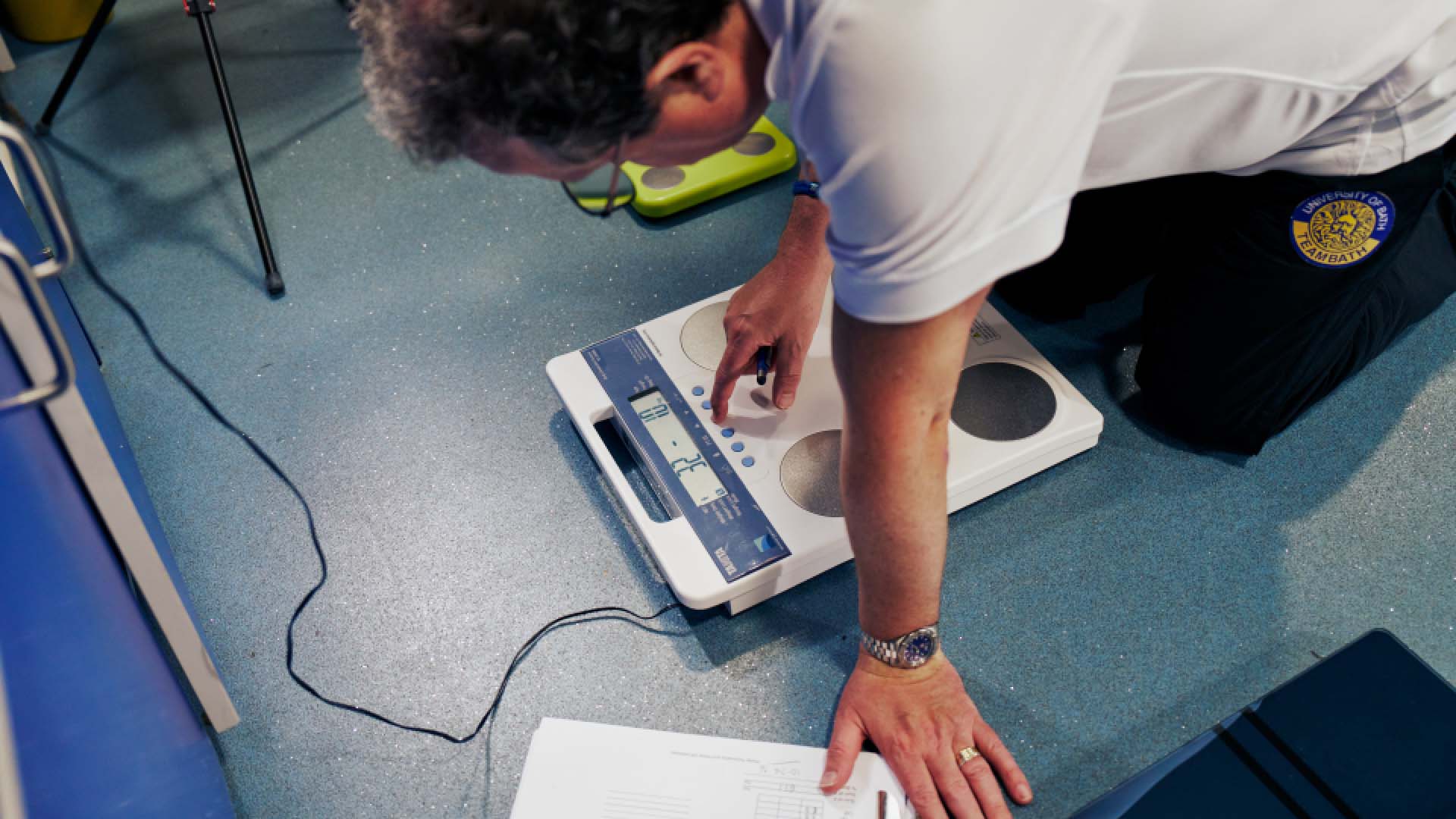
When it comes to tracking your body composition, are smart scales accurate enough to be useful?

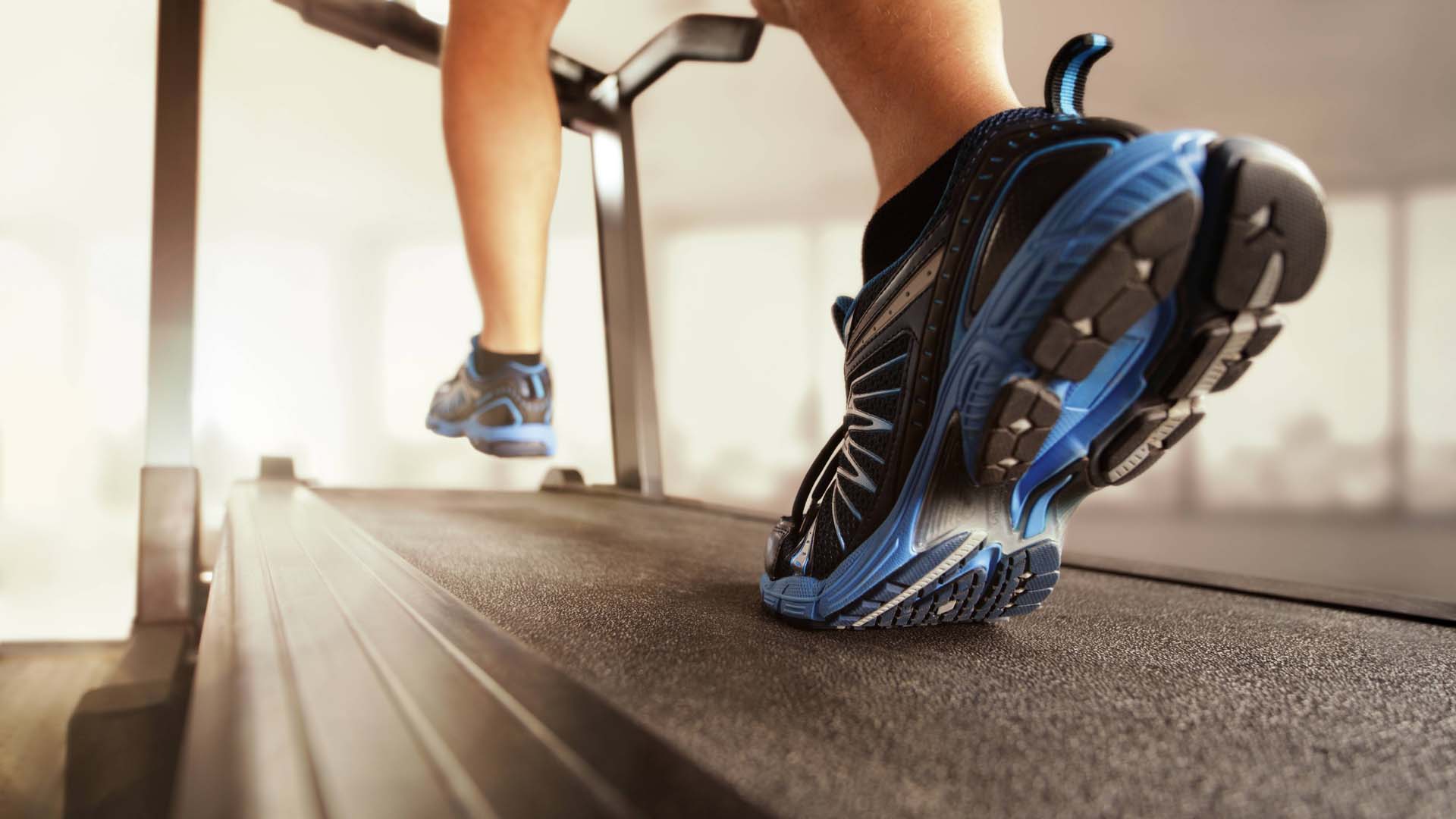
The pros, the cons, with expert advice on whether to take your running indoors or out.
We are here to help you decide which wearable is right for you, a sleek fitness tracker or feature-packed smartwatch
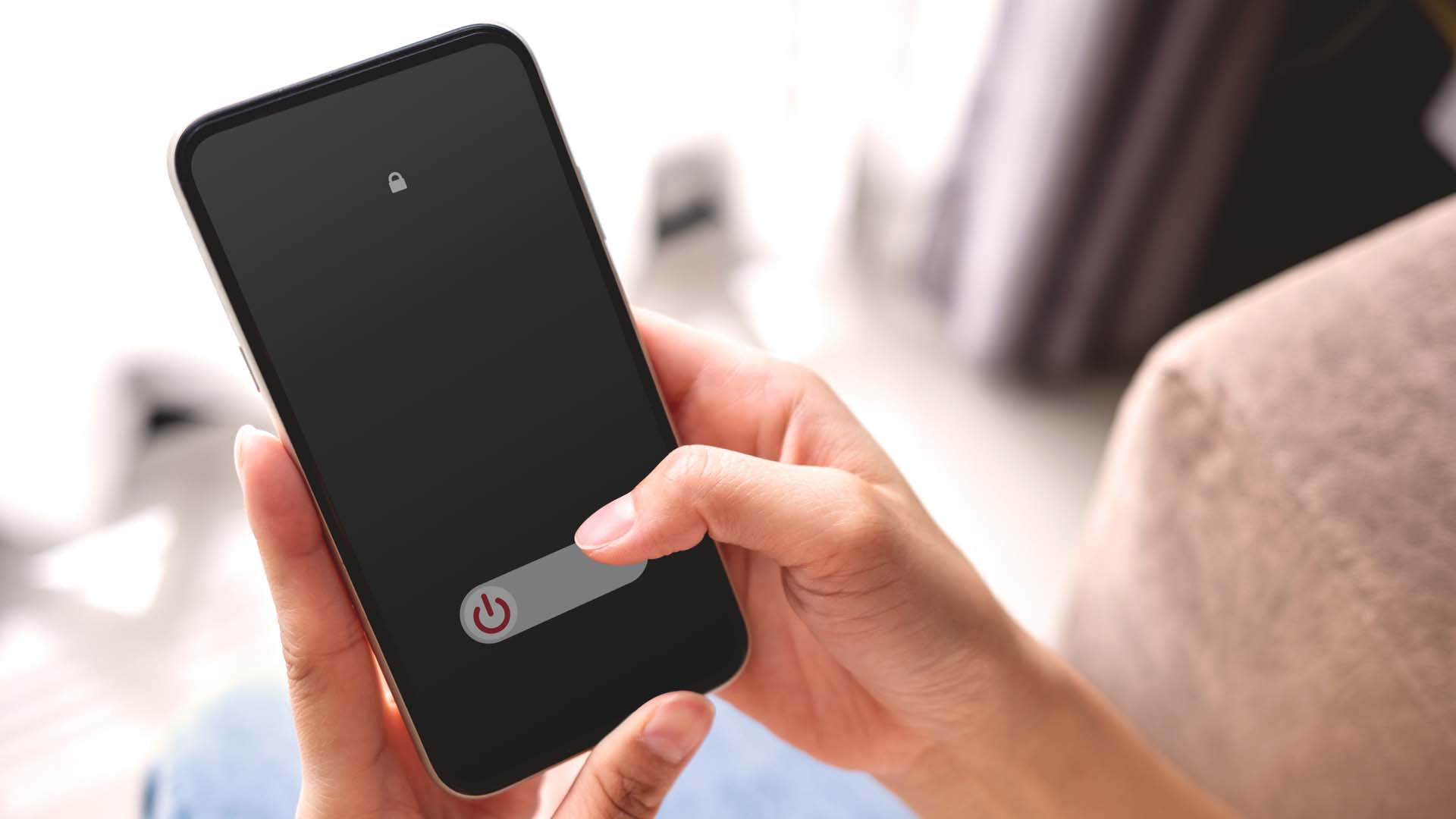

Cleaning with an electric toothbrush is much easier, especially if you have mobility problems in your hands.
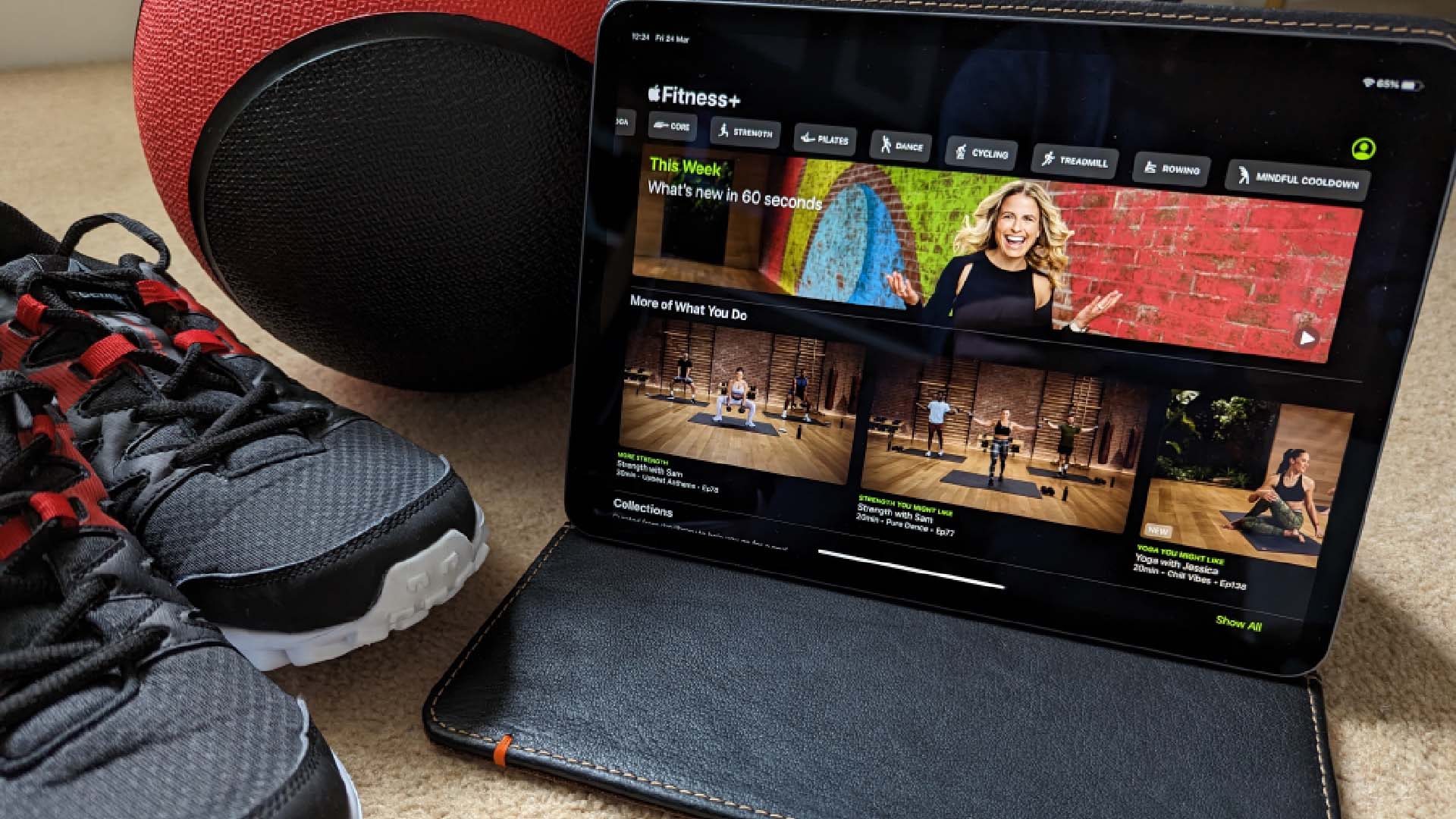

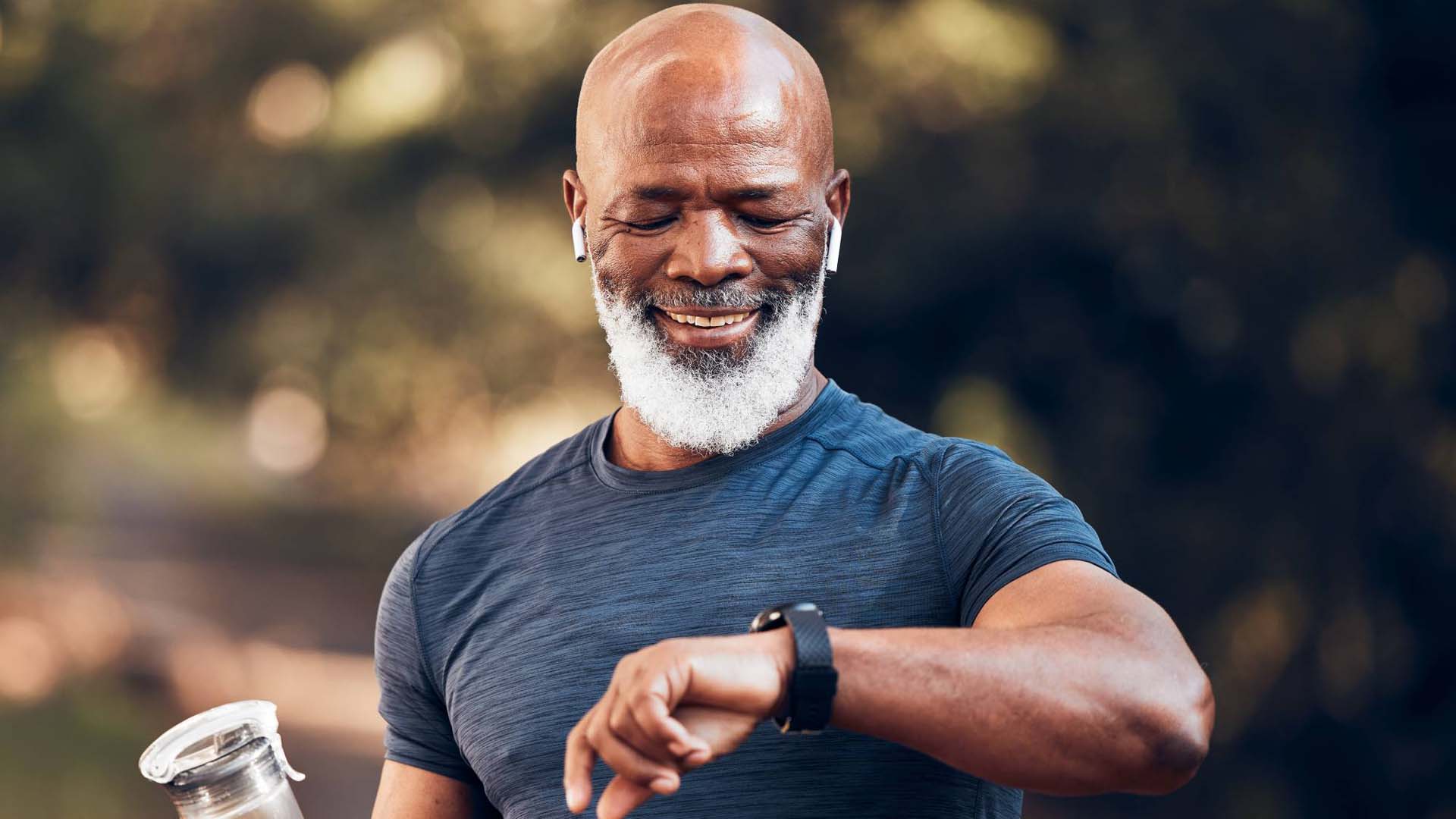
Your questions answered about what really is a good 5k time.